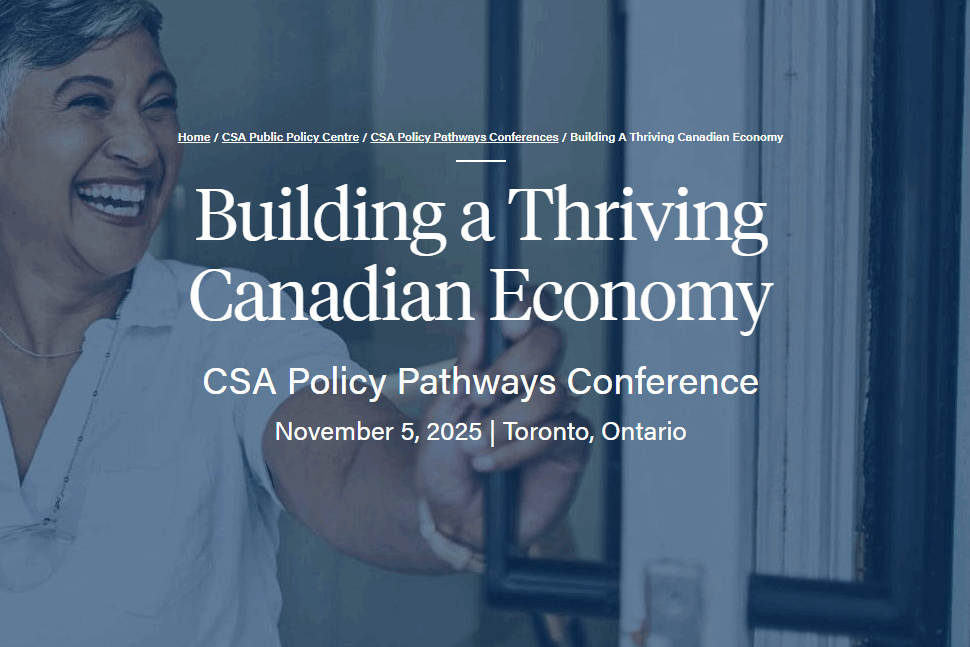By Guillaume Vallet and SCP Fellow Louis-Philippe Rochon
In science, when an idea or theory is proven wrong, it is rejected by the profession at large and cast aside in favour of the new idea, which then establishes itself and gains prominence.
Before that happens, tests are done to ensure its validity. Science is self-correcting, which challenges scientists to rethink assumptions, develop new experiments and construct more accurate models. When a theory is proven wrong, it’s not a failure as much as a sign of progress in understanding the world and the environment in which we live.
History is full of examples of evolving ideas. For instance, upon proving that it is the earth that rotates around the sun, the geocentric theory of the universe was abandoned in favour of the heliocentric model.
But, for some reason, this scientific methodology does not seem to apply to economics.
Indeed, the mainstream view – or what we call neoclassical economics – still stands today, despite some or all of it having been shown to be empirically wrong on countless occasions.
The persistence of traditional economic thinking can be attributed to a combination of institutional inertia, ideological alignment, financial incentives and methodological appeal. Neoclassical economics has long been the foundation of most university economics programs, textbooks and professional journals, and graduates of these programs find well-paying jobs in consulting and investment banking.

The old paradigm
Generations of economists have been trained within this paradigm, which assumes that consumers make rational decisions, that businesses aim to maximize profits, that people act independently based on all the relevant information and that markets will self-regulate in response to supply and demand. Departments, funding structures and professional incentives such as university promotion and academic tenure reward adherence to these established ideas and models, making it risky for scholars to challenge the orthodoxy.
Neoclassical economics also aligns well with some dominant political, ideological and financial interests—especially those favouring free markets and limited government intervention. Traditional, “mainstream” economics often calls for policies like deregulation, tax cuts and privatization, which are attractive to powerful economic actors, which has helped maintain its influence in policy-making circles.
There have been many empirical studies that undermine or invalidate key arguments of this old paradigm.
Yet, the economics profession at large has simply ignored these studies and carried on as if nothing happened.
One of the most helpful examples to look at is the 2008 financial crisis.
Between 2008 and 2011, professional economics conferences were dominated by papers analyzing what had happened. Then, after that, the topic fell off the table, and my colleagues carried on as if nothing had happened. Indeed, they refused to blame their flawed economic theory – let alone policies they had recommended – for the crisis.
Many of us who are critical of mainstream economics saw something different. We argued that the crisis wasn’t just a “bad shock,” but the result of how the financial system was designed. Starting in the 1980s, banks and investment firms were deregulated, letting them invent risky products, like mortgage-backed securities, and chase profits through speculation rather than productive investment. Some of us saw this downturn as predictable.
But, then-governor of the Federal Reserve Bank, Ben Bernanke pronounced that “although economists have much to learn from this crisis… calls for a radical reworking of the field go too far.” Such statements prompted many to ask whether economics is even a science. However, because too many interests were tied to the status quo, most seemed to conclude that “the theory is fine.”
But the theory is not fine: prevailing economic theory does not represent the world in which we live. And bad economic theory leads to bad economic policies. As economist John Maynard Keynes said, if we rely blindly on traditional economic theory, it can be “misleading and dangerous.” This is truer today.
Assumptions that simplify the complexity of human behaviour into predictable patterns do make it possible to model economic activity mathematically. But, as Nobel Laureate Paul Krugman said, neoclassical economists “mistook beauty, clad in impressive-looking mathematics, for truth.”
While traditional economic assumptions allow for elegant models and clear predictions, they overlook the sometimes irrational, messy, real-world complexities in which we live.
It is important to expose some of the most important myths in economics, as this carries important consequences for economic policy and, of course, economic growth.
Myth 1: Inflation is the result of excess demand and, as such, is often the result of government deficits or overspending.
In reality, inflation is determined by the costs of production and has very little to do with excess demand. As the post-pandemic surge in inflation has shown, the price of oil and other commodities, costs of transporting goods and bottlenecks all contribute to rising inflation.
Myth 2: Central banks are uniquely positioned to fight inflation, and higher interest rates are needed to fight inflation.
This myth stems from the first idea. But if inflation is not caused by demand, policies designed to deflate the economy and hence demand are ineffective in fighting inflation. Higher interest rates may not be the best solution and may actually cause more harm.
Myth 3: Growth is good for everyone, as it raises all ships.
This applies both domestically and globally. Indeed, if there is one thing we realized from globalization it’s that it actually benefited the very few, while the rest suffered.
Myth 4: Central banks need to be independent in order to fight inflation.
First, as stated above, inflation is cost-related and, hence, monetary policy does little to affect it. Second, central banks work very closely with governments and banks to ensure financial stability. The Bank of Canada works closely with federal and provincial financial authorities, the Office of the Superintendent of Financial Institutions (OSFI) and the Canada Deposit and Insurance Corporation (CDIC). They may be independent of political pressure to change interest rates, but they are sensitive to the needs of banks and financial interests.
Myth 5: Income inequality is determined by markets.
In reality, inequality is not inherent, but a product of power dynamics in capitalist systems. Markets are governed by a few powerful firms, and this concentration allows firms to charge higher prices and increase their profits, thereby lowering the share of wages in the economy. Those making decisions can choose to inflate executive compensation and returns to shareholders rather than labour. Inequality is a choice and not a market-determined one.
–
The economy is going through unbelievable structural transformations, and the nature of capitalism is being remade. Clinging to disproven theories because it is convenient will result in economists who cannot help explain what is going on, nor advise what to do about it.
Better economic theory recognizes things like income inequality and discrimination are some of the biggest economic and political problems today, and that conventional economics is too heavily influenced by those who own and control wealth and power.
Our misfortune, to paraphrase John Kenneth Galbraith, is that these mainstream economic theories and policies have been tried and failed miserably. Yet, we always insist on repeating our failed experiments. If that is not irrational behaviour, we don’t know what is.
Share with a friend
Related reading
Pipelines and algorithms aren’t going to save us | The Hill Times
Smart investments in natural resources and AI alone will not get us through this moment of geopolitical rupture. As Matthew Mendelsohn writes in an op-ed for The Hill Times, SMEs contribute just over half of Canada’s GDP and employ 64 per cent of our people. We have to make more low-cost capital available to the smaller businesses, locally owned enterprises, not-for-profits and social enterprises who crucially employ and reinvest locally, act as important local economic infrastructure and provide services that are crucial for well-being. They are automatic stabilizers in the face of tariff threats outside our control.
Building a thriving economy: CSA Policy Pathways Conference
The CSA Policy Pathways Conference convenes leaders, thinkers and changemakers across government, business, community and academia to confront the pressing questions shaping our economic future. How can we build resilience in the face of global uncertainty? What will it take to unlock innovation and ensure its benefits are broadly shared? How do we design policies that promote competition, inclusion, and financial security? Join us on November 5, 2025, in Toronto, as we explore how we can take bolder steps toward a more resilient, innovative and equitable economic future.
Creativity could be collateral damage of U.S. film tariff
When U.S. tariffs threaten to strike creativity and culture, we can't afford to stay quiet. SCP Fellow and POV executive director Biju Pappachan explores the implications of the U.S. imposing a tariff on foreign-made films and explains why this is the moment for Canada to stand up for its filmmakers, crews and cultural sovereignty. Film and television are not luxuries; cultural production is a strategic sector that delivers exports, jobs and soft power. Just as we negotiate for agricultural or industrial tariff exemptions, cultural production deserves equal protection.


